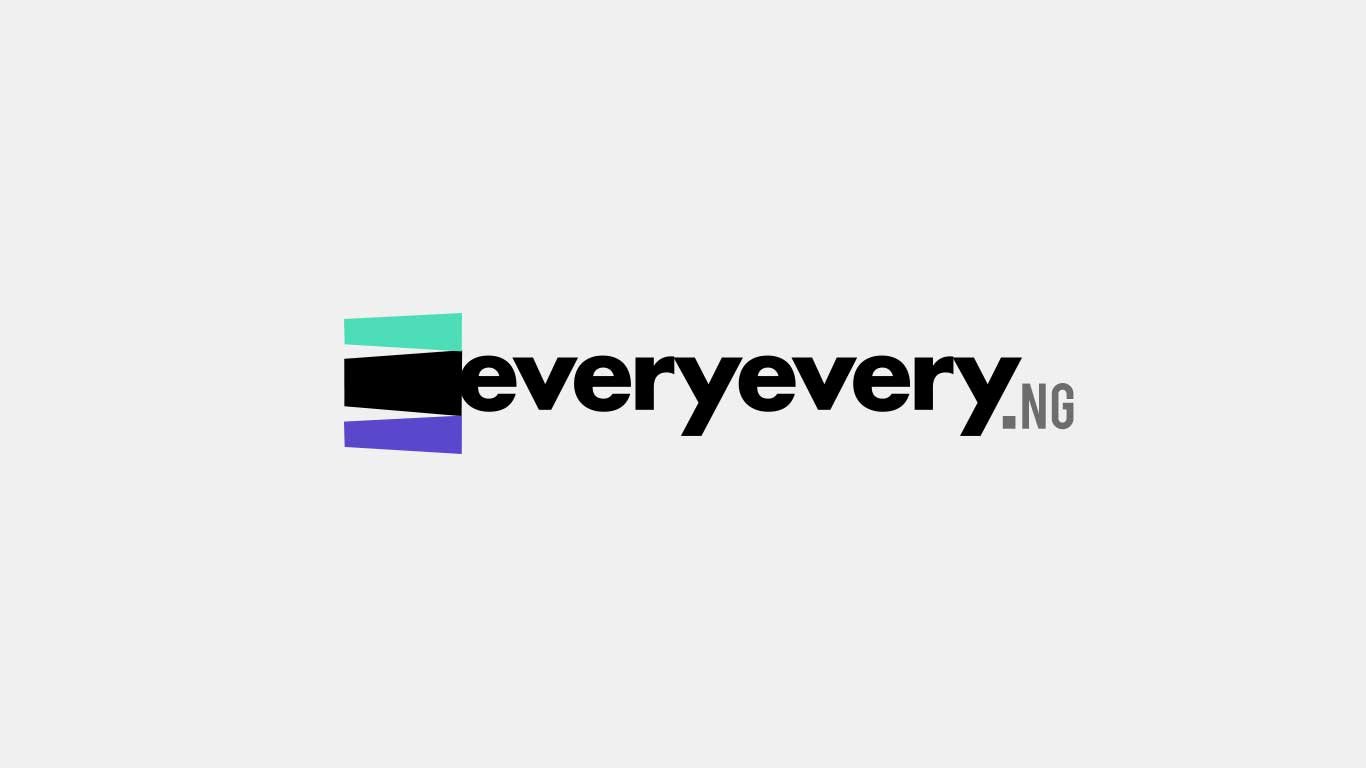

PWC
PwC Nigeria joins the effort to solve Nigeria’s energy crisis with a recently published white paper called ‘ Solving the Nigeria Power Sector Liquidity Crunch.’ PwC Nigeria’s report noted that the situation in the power sector in Nigeria is rather abysmal. The installed capacity of less than 4,000 MW of the country is far less than the target set before the power sector privatization in the early 2000s. The report also noted that only 60 percent of the population in Nigeria had access to electricity, meaning that the remaining 40 percent were cut off completely. Interestingly, as the electricity supply is epileptic, even 60 percent don’t get quality service.
The Nigerian power sector is facing many challenges, as one can imagine. Many of these issues are bothering with insufficient growth. Indeed, another major challenge is the means by which energy is transmitted. In addition to these issues, PwC Nigeria noted that the liquidity crunch is the power sector’s most worrisome challenge. The tariff system (i.e., Nigeria’s electricity pricing structure) is non-cost reflective, according to the agency. This is because “Industry participants also argue that customers ‘ electricity charges do not reflect the cost of generation, transmission, and distribution…” As such, operators are predisposed to liquidity constraints.
Electricity is a vital component of the cycle of industrialization. Any country that wants to industrialize without first resolving its electricity challenges will continue to go around the same circle without fulfilling its set agenda. This is the situation Nigeria has found itself in–a situation where businesses are struggling to stay in business because the cost of production is unusually high, compounded by the high cost of running their generators because of the epileptic electricity supply from national grids. Unfortunately, it is not possible for the DisCos to perform optimally because they too face the existing challenges.
According to PwC Nigeria, beginning to supply Nigerian companies with 50% of distributable electricity is a possible solution to the liquidity shortage problem facing the DisCos. This should be done, the white paper indicates, if these businesses are willing to pay N80 per kilowatt. Residential consumers can then share the remaining 50 percent.
The paper went on to explain that doing so will help to solve the sector’s liquidity problem. This suggestion is based on the assumption that Nigerian companies are willing to pay for stable electricity supplied by DisCos, rather than spending more on generating electricity on their own. And if these companies pay N80 per kilowatt for 50% of Nigeria’s electricity generated by a collective, they would eventually pay the DisCos an estimated N400 billion. This would go a long way for the big problems to be overcome.